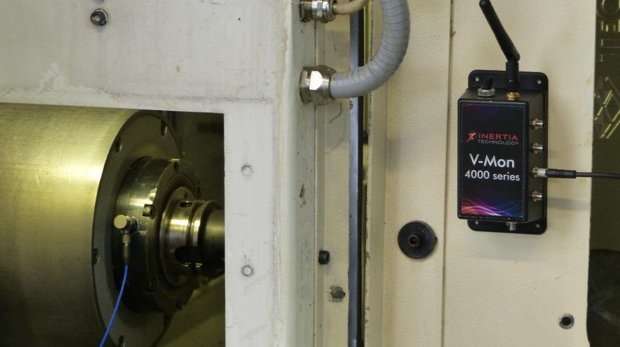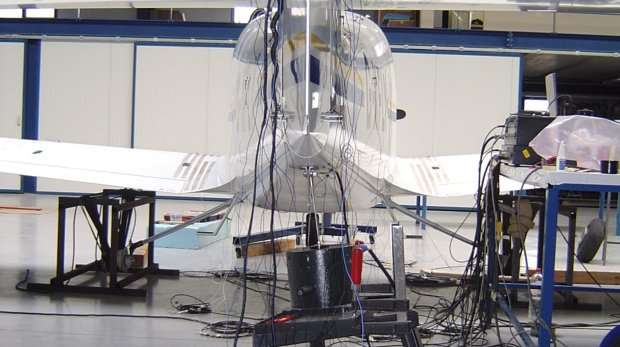Reliable wireless system prevents break-downs in machinery caused by vibrations

By making a thorough analysis of vibrations in machines, it is possible to ascertain their mechanical condition. The recently completed European EU-FP7 research project makes it possible to interpret vibrations in industrial machinery better. Kallol Das, a PhD researcher at the University of Twente, is involved in this project and has developed a reliable wireless sensor network that can predict mechanical breakdowns. Das was awarded his PhD on this subject on Friday 6 November, and a symposium was held before the defence ceremony.
Machines with rotating parts will always vibrate and are constantly in movement. A small number of research groups around the world are investigating these vibrations, including the Pervasive Systems group at the University of Twente's CTIT Institute. If the vibration of a machine is kept under control (you can see on a monitor that the graphic representation is constant), variations in the peaks are a warning that mechanical failure is imminent. Kallol Das monitors these vibrations using wireless networks.
Safety in aircraft, helicopters and trains
'If you are able to see issues before they occur by monitoring the peaks in the bearings of a machine, for example, you can take action before any issues actually arise. For aircraft, helicopters and trains, this could become part of improving passenger safety, but it could also play a role in reducing manufacturing costs. In addition, the new approach allows for a more efficient production process and improved quality guarantees.'
Reliable monitoring
Small cabinets called nodes capture complex data in real time to identify any deviations. A warning signal will be sent to the network so that failure can be prevented before everything grinds to halt. It is a very reliable method of monitoring. Monitoring vibration in machines is the future and will be used everywhere in the world, including in aircraft, trains, and for example, in factories that manufacture cars or cranes.
Smart industry
Adjusting industrial techniques to incorporate wireless technology continues to be a slow process. But once this switch has been made, the advantages are huge: traditional wired systems will no longer be needed, much less maintenance will be required and systems will be reliable, real-time and robust. At the symposium prior to Das's doctoral defence ceremony, scientists explored a number of new and emerging technologies that will play an essential role in smart industries (Industry 4.0).

Provided by University of Twente




















